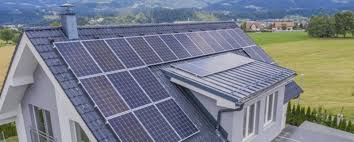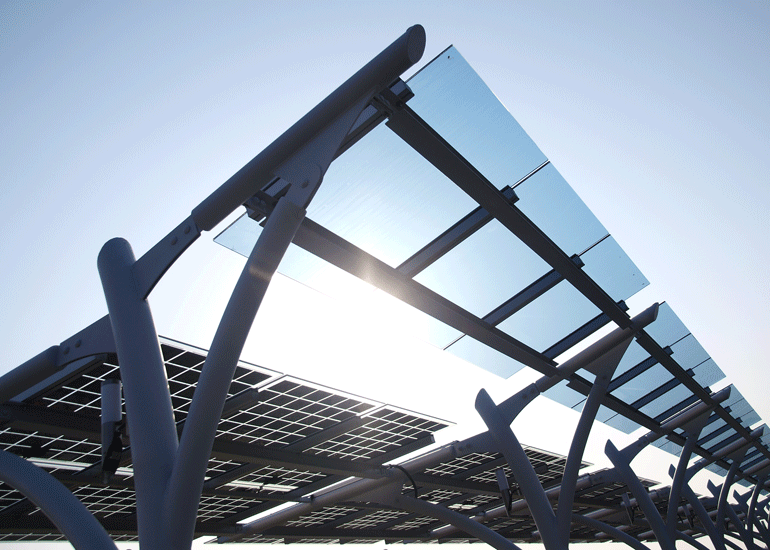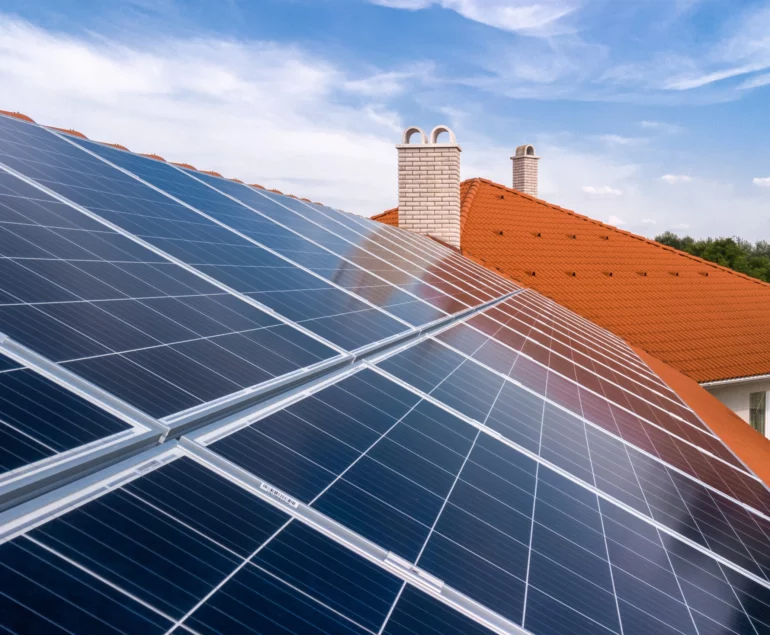Introduction
Solar energy is gaining popularity as a renewable and sustainable source of power. As more people turn to solar panels to meet their energy needs, a common question arises:
“How much energy does a solar panel generate?”
Understanding the energy output of a solar panel is crucial for determining its efficiency and suitability for specific applications.
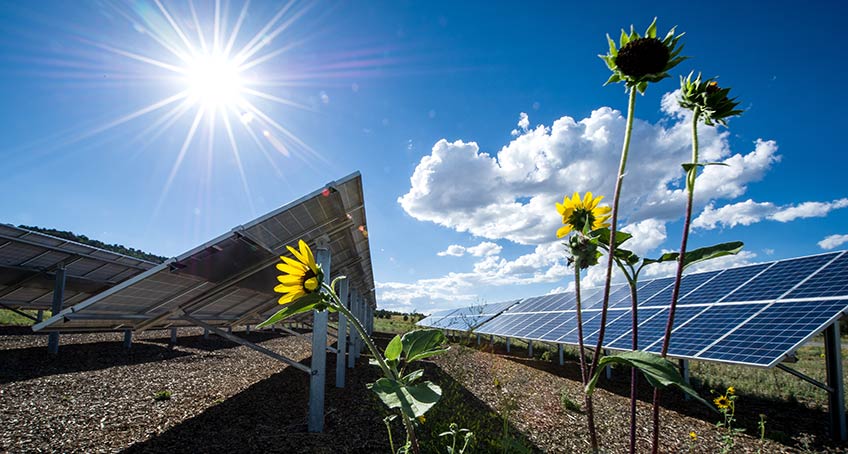
In this article, we will delve into the intricacies of solar panel energy generation, exploring factors that affect output, installation considerations, and the potential benefits of harnessing solar power.
Factors Affecting Solar Panel Energy Generation

Solar panel energy generation is influenced by various factors, including:
1. Sunlight Availability
The amount of sunlight a solar panel receives directly impacts its energy generation. Regions with abundant sunlight, such as deserts or tropical areas, generally yield higher energy outputs compared to regions with frequent cloud cover or limited sun exposure.
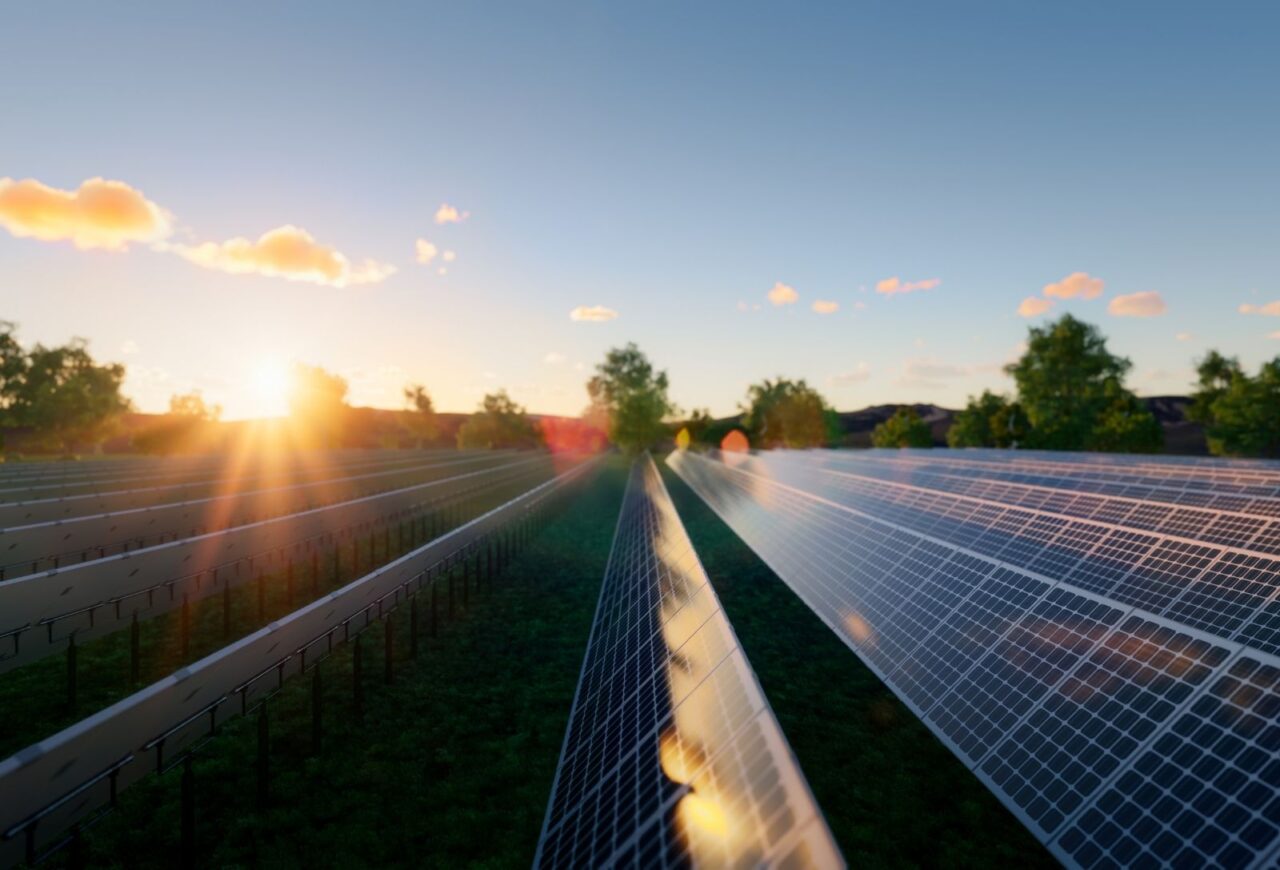
2. Solar Panel Efficiency
The efficiency of a solar panel determines how effectively it converts sunlight into electricity. Higher-efficiency panels can generate more energy within the same amount of sunlight compared to their lower-efficiency counterparts.
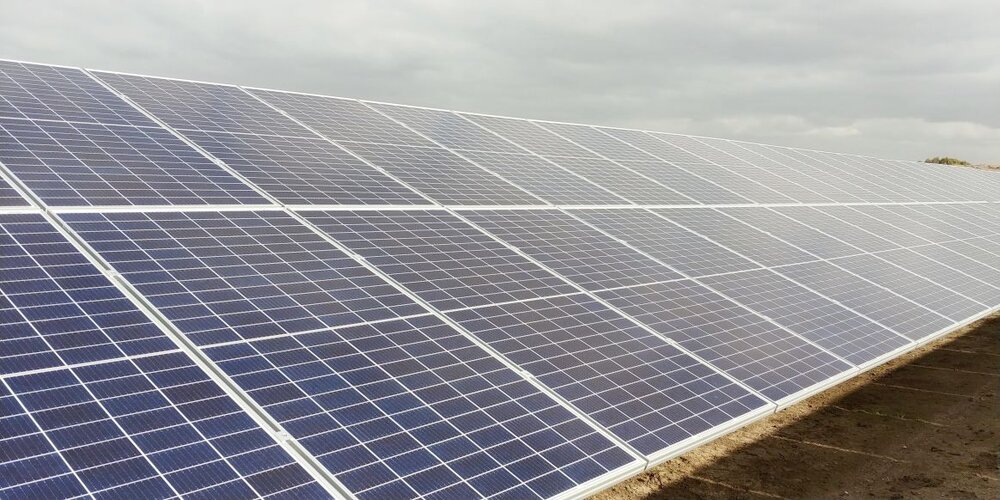
3. Panel Orientation and Tilt
The orientation and tilt of a solar panel affect the amount of sunlight it captures. Proper alignment with the sun maximizes energy production. Solar panels are typically angled towards the equator to optimize energy generation.
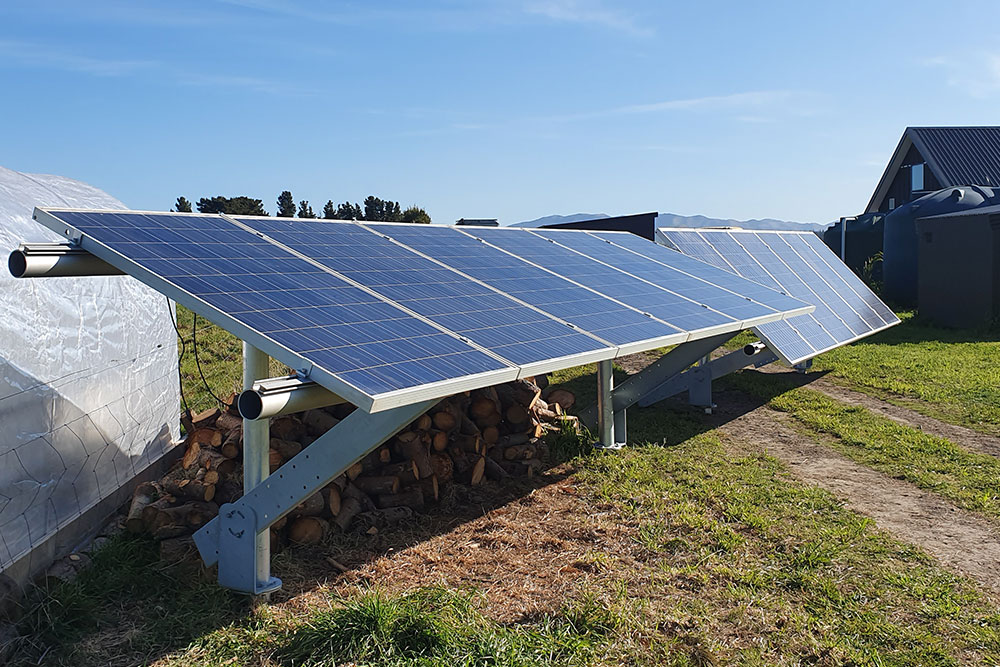
4. Temperature
Solar panel performance is influenced by temperature. While sunlight is essential for energy generation, excessive heat can reduce panel efficiency. The performance of some solar panels may decline as temperatures rise above a certain threshold.
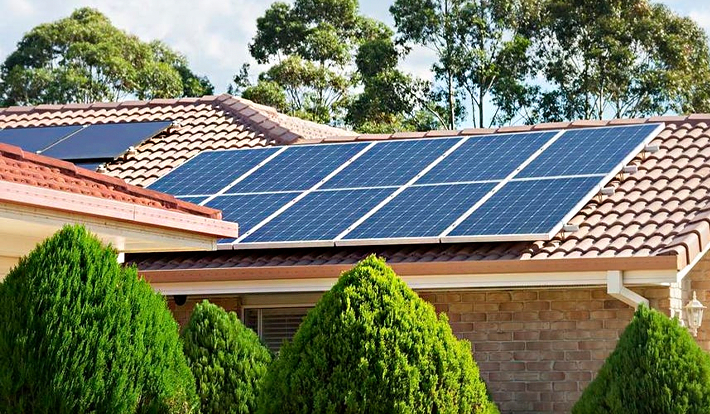
Solar Panel Energy Generation Calculation
To determine the energy generation of a solar panel, we need to consider the following formula:
Energy Generated = Solar Panel Wattage × Hours of Sunlight × Efficiency Percentage
The wattage of a solar panel is the maximum power it can produce under ideal conditions. The hours of sunlight refer to the number of peak sunlight hours the panel receives in a day. Lastly, the efficiency percentage represents how well the panel converts sunlight into electricity.
Installation Considerations for Optimal Energy Generation
When installing solar panels, it’s crucial to consider several factors to maximize energy generation.

Here are some key considerations:
1. Location
Choosing the right location for solar panel installation is vital. Areas with ample sunlight and minimal shading are ideal. Placing panels on rooftops or open spaces can optimize energy production.
2. Panel Positioning and Tilt
Proper panel positioning and tilt play a significant role in energy generation. Panels should face the direction that receives the most sunlight during peak hours. Additionally, adjusting the tilt angle based on geographical latitude can enhance energy output.
3. Regular Maintenance
To ensure optimal energy generation, regular maintenance is essential. Cleaning panels to remove dust, dirt, or debris helps maximize sunlight absorption. Periodic inspections can identify any issues or damage that may affect performance.
FAQs
1. How much energy does a typical solar panel generate?
The energy generation of a solar panel depends on its wattage, efficiency, and sunlight availability. On average, a typical residential solar panel with a wattage of around 300-400 watts can generate approximately 900-1,200 kilowatt-hours (kWh) of electricity per year.
2. Can solar panels generate enough energy to power a home?
Yes, solar panels can generate enough energy to power a home. The number of panels required depends on factors such as energy consumption, panel efficiency, and available sunlight. By carefully assessing these factors, it is possible to design a solar panel system that meets a home’s energy needs.
How do solar panels perform in cloudy weather?
Solar panels can still generate energy in cloudy weather, although their efficiency may be reduced compared to clear, sunny conditions. While direct sunlight provides the highest energy output, solar panels can still capture diffused sunlight on cloudy days. Diffused sunlight refers to the sunlight that penetrates through the clouds and reaches the Earth’s surface.
Can solar panels generate more energy than a home consumes?
Yes, it is possible for solar panels to generate more energy than a home consumes. This scenario is known as “net metering” or “feed-in tariff.” When a solar panel system produces excess electricity, it can be fed back into the grid. In return, homeowners receive credits or financial compensation for the surplus energy they contribute.
How long do solar panels last?
Solar panels are designed to be durable and have a long lifespan. Most solar panels come with warranties that guarantee their performance for 20 to 25 years. However, many panels can continue to generate electricity for much longer than that.
Are there any environmental benefits to using solar panels?
Yes, there are several environmental benefits to using solar panels. Solar energy is a clean and renewable source of power that produces no greenhouse gas emissions during operation. In addition, by utilizing solar panels, we can reduce our reliance on fossil fuels and decrease our carbon footprint.
Conclusion
Solar panels have the remarkable ability to generate energy from sunlight, providing a renewable and sustainable source of power. Moreover, the amount of energy a solar panel can generate depends on factors such as sunlight availability, panel efficiency, orientation, and temperature. By considering these factors and optimizing installation, it is possible to maximize the energy output of solar panels.
Solar energy offers numerous benefits, including the potential to power homes, reduce electricity bills, and contribute to a cleaner environment. Furthermore, as solar technology continues to advance, we can expect even greater efficiency and performance from solar panels in the future.
Harnessing the power of the sun through solar panels is a step towards a greener and more sustainable future. By embracing solar energy, we can reduce our carbon footprint, save money on energy costs, and contribute to a cleaner planet for generations to come.


